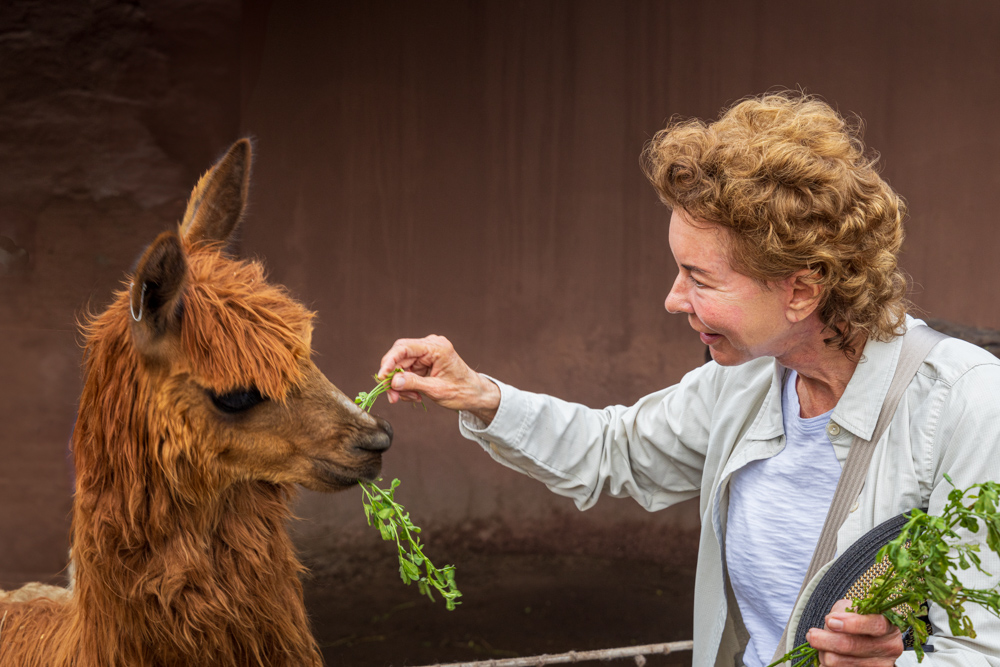Wednesday - 10 April 2024 - Our next adventure would be to the quarry along the Sillar Route at the base of the
inactive Chachani Volcano.
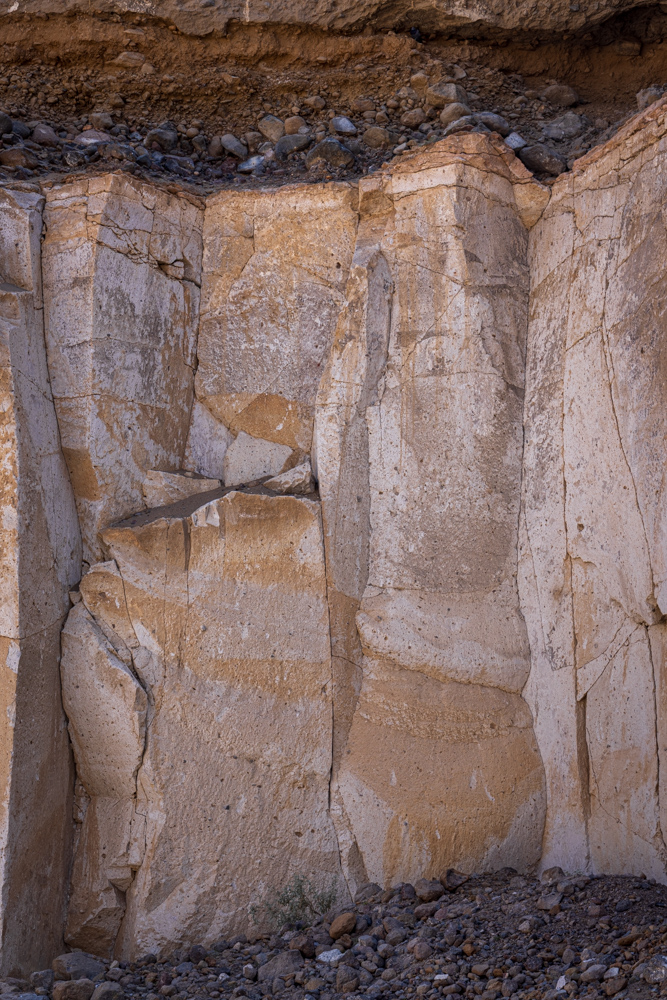
You can see the top layer of earth over the volcanic rock, or sillar.


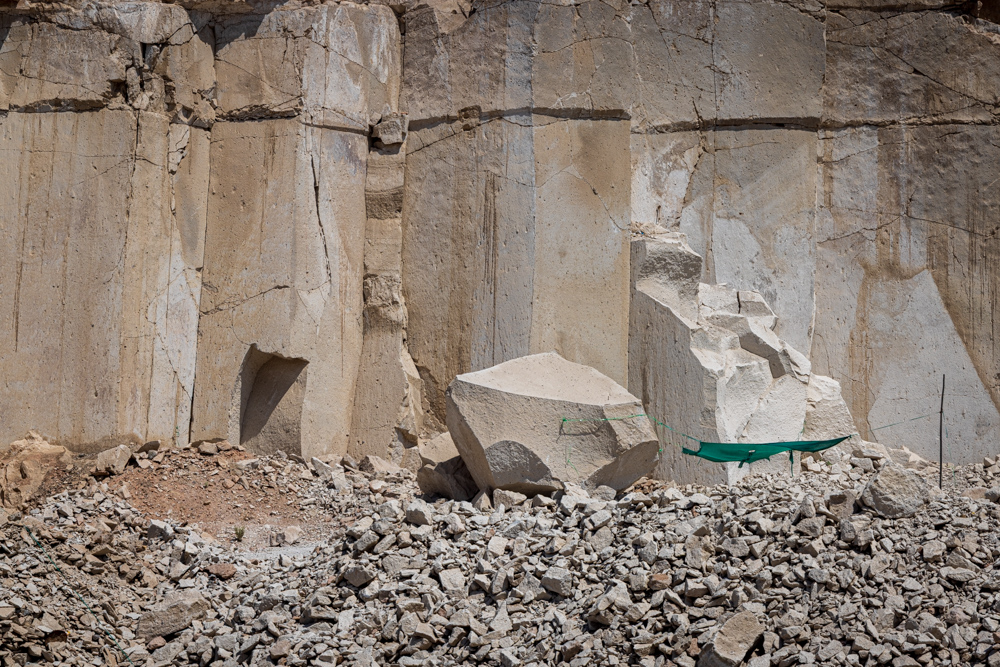

In the desert outside town - way outside of town is a canyon which was used for stone.

It was an interesting walk but overhyped as a good-to-see site.







The Basilica Cathedral of Arequipa began construction in 1544, on the same day the city was founded by the Spaniards. In 1583, the church was reduced to rubble by an earthquake. It was rebuilt, and in 1604, another earthquake partially destroyed the church. A fire in 1844 destroyed most of the church and it was rebuilt again. In 1868, another destructive earthquake - and then it experienced a period of stability until an earthquake in 2001, which damaged the left tower. The tower collapsed and fell inside the church in front of the organ pipes.

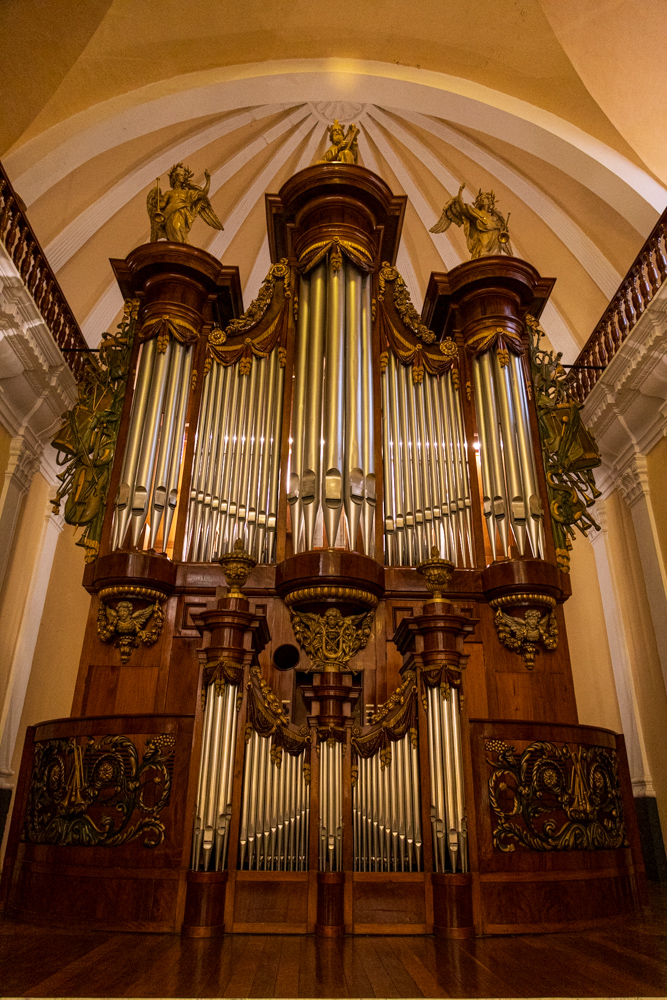
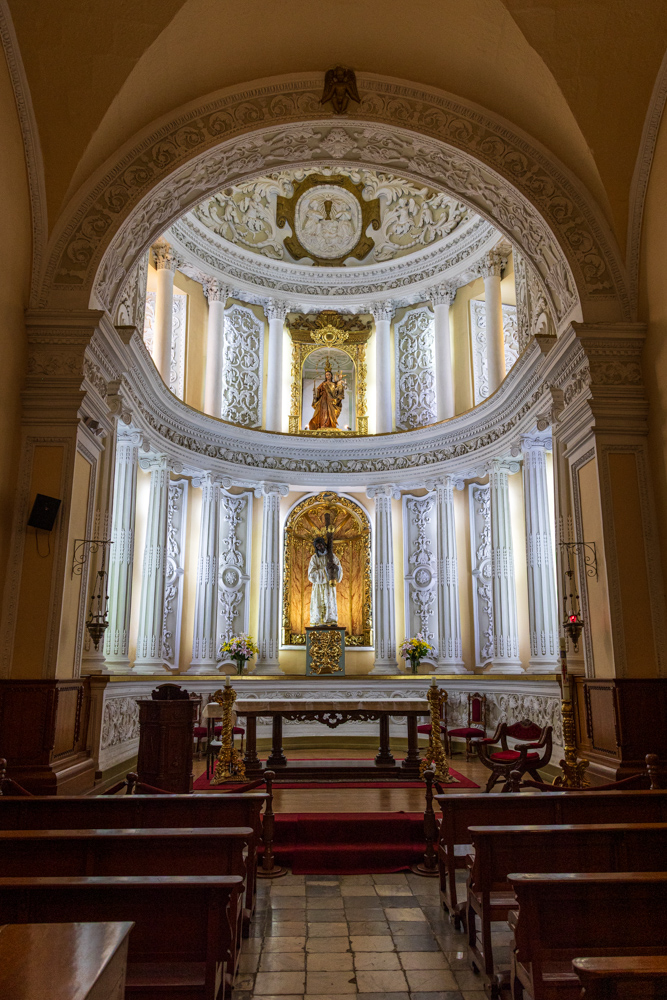
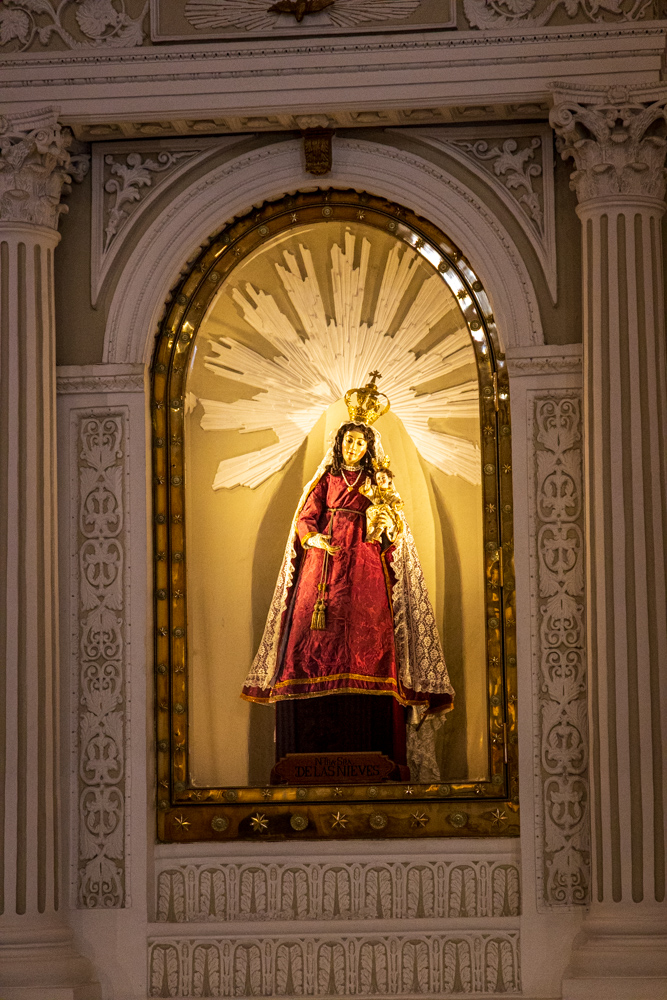
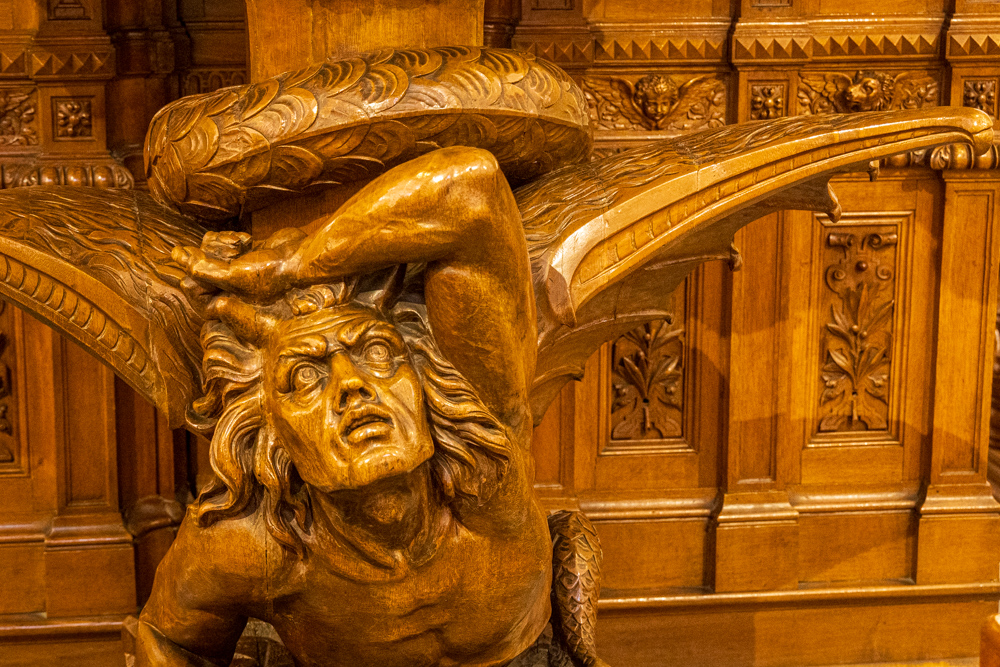



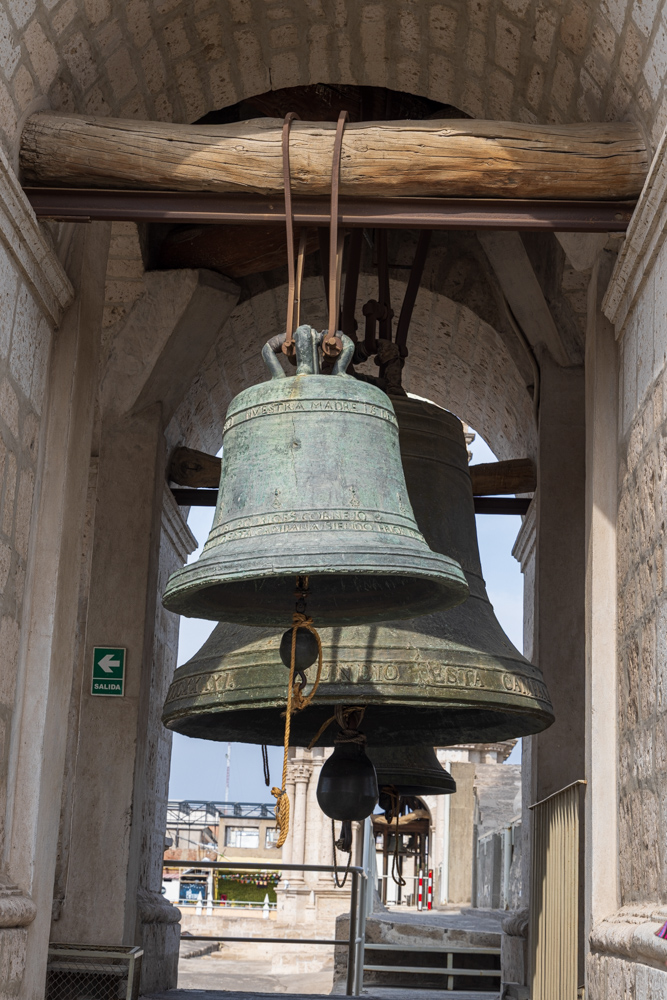
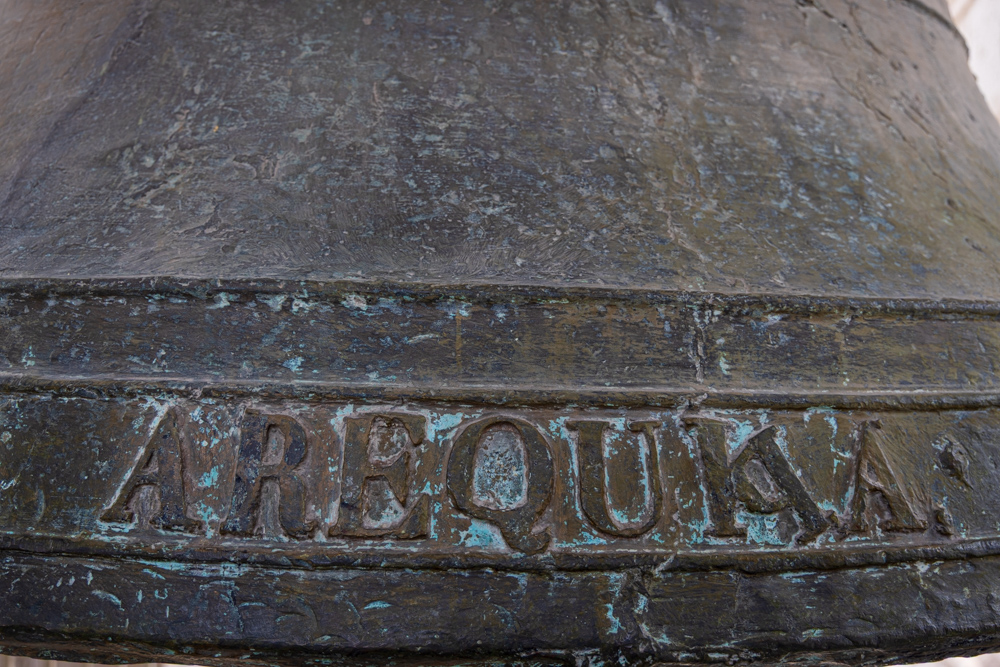

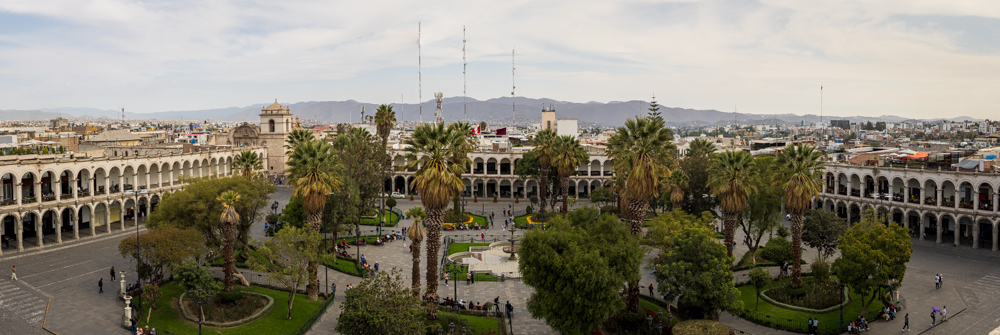
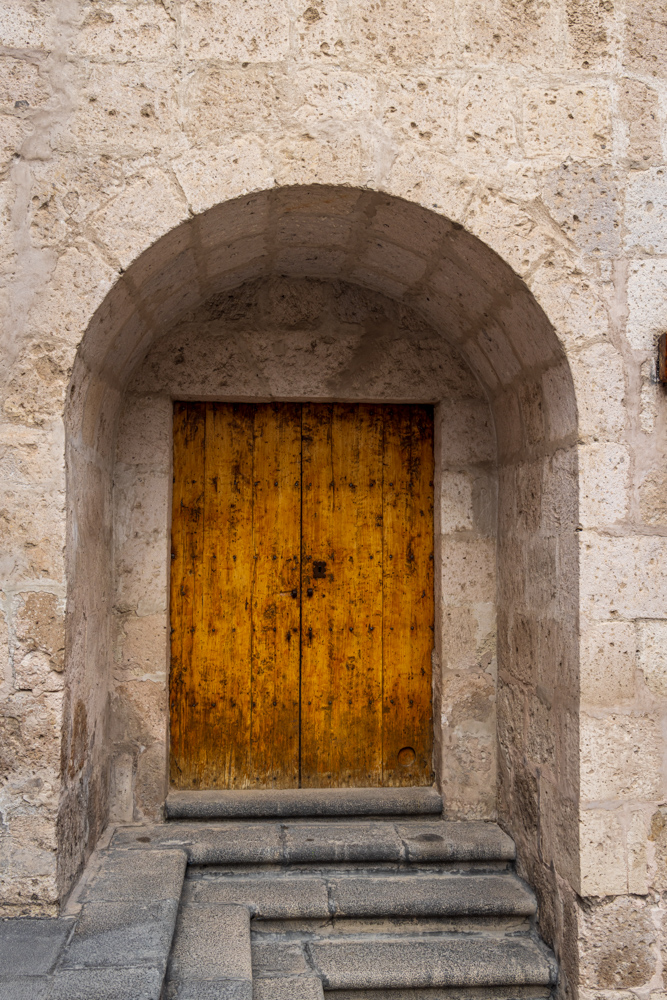
In this picture, you can see the blocks of white volcanic brick used to build the church.

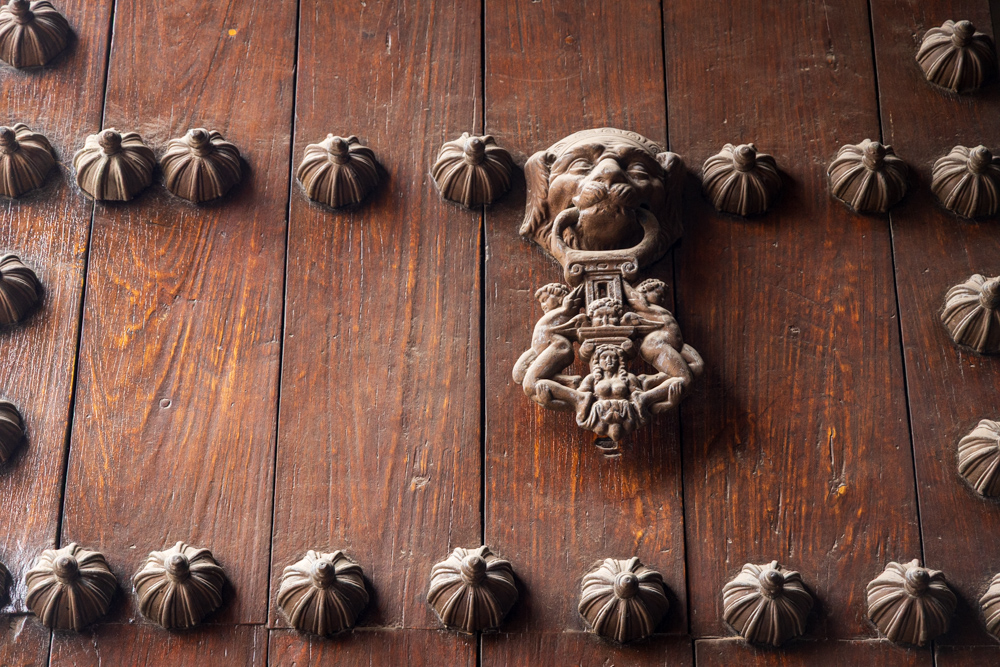
The huge door knocker on the church's wooden doors.

There are several paintings with interesting twists by the indigenous people. In this painting, the fun fact is the animal on the platter in front of Jesus is a Cuy (Guinea Pig) as that dish was considered a delicacy fit for a king.
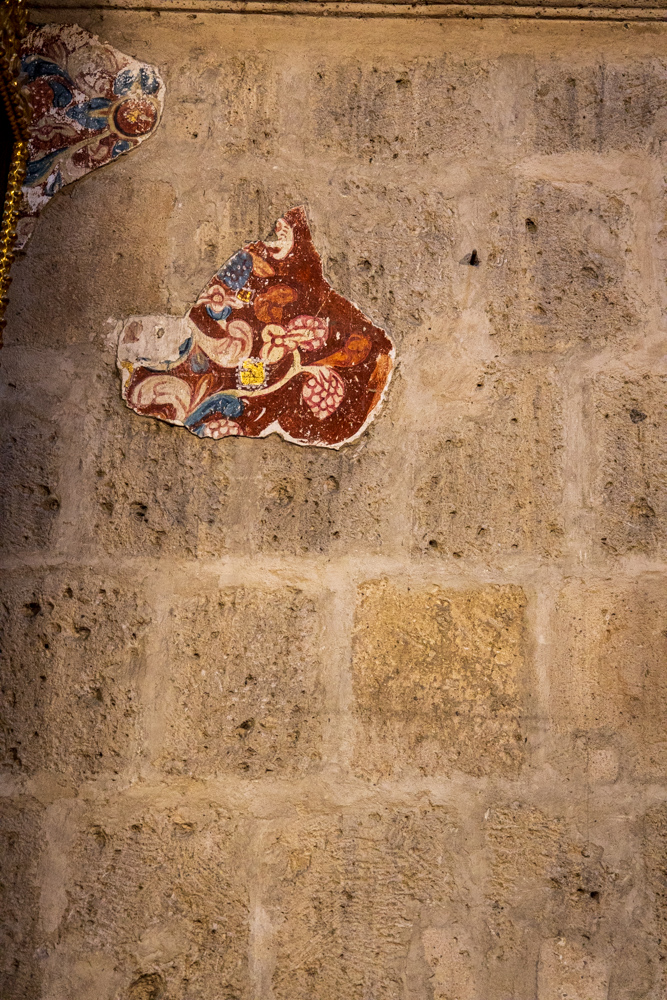

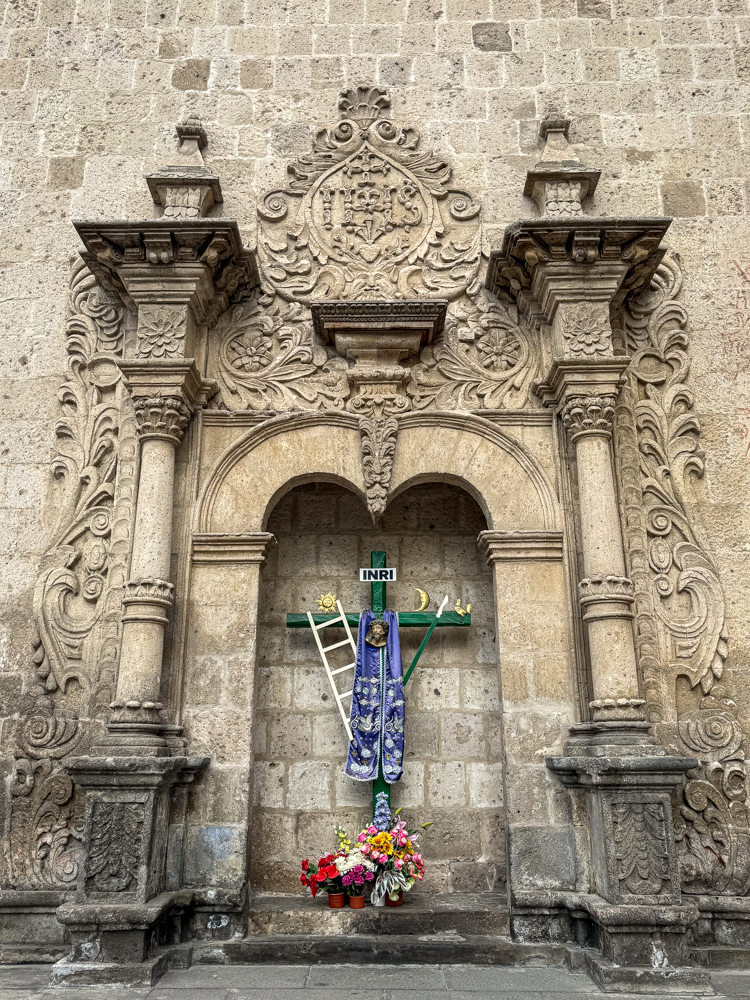

While sitting on the first row pew, Cal was able to see into the Sacristy and snap this picture.
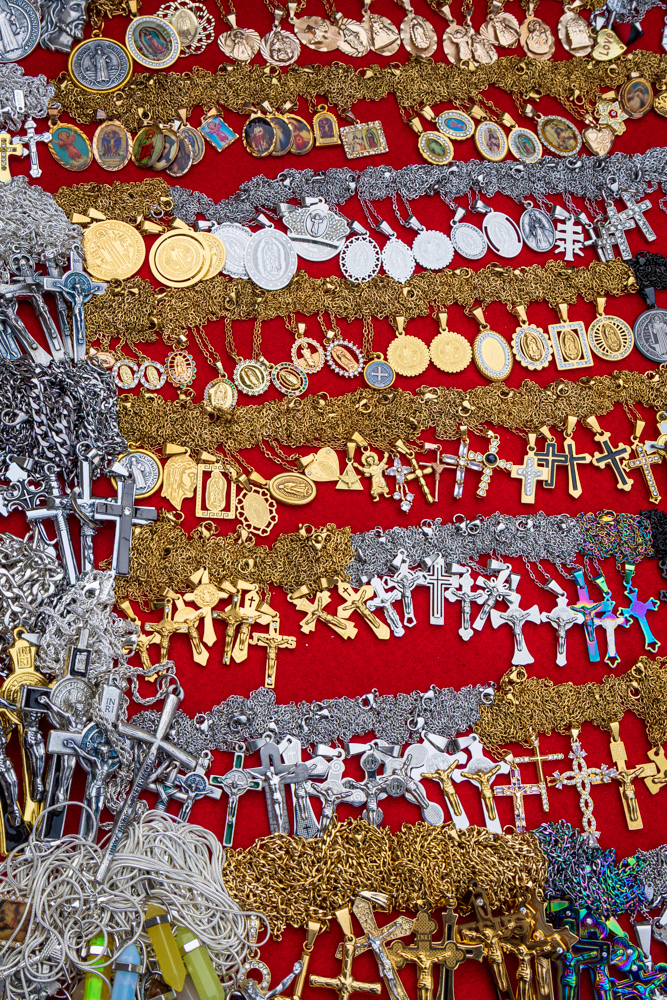
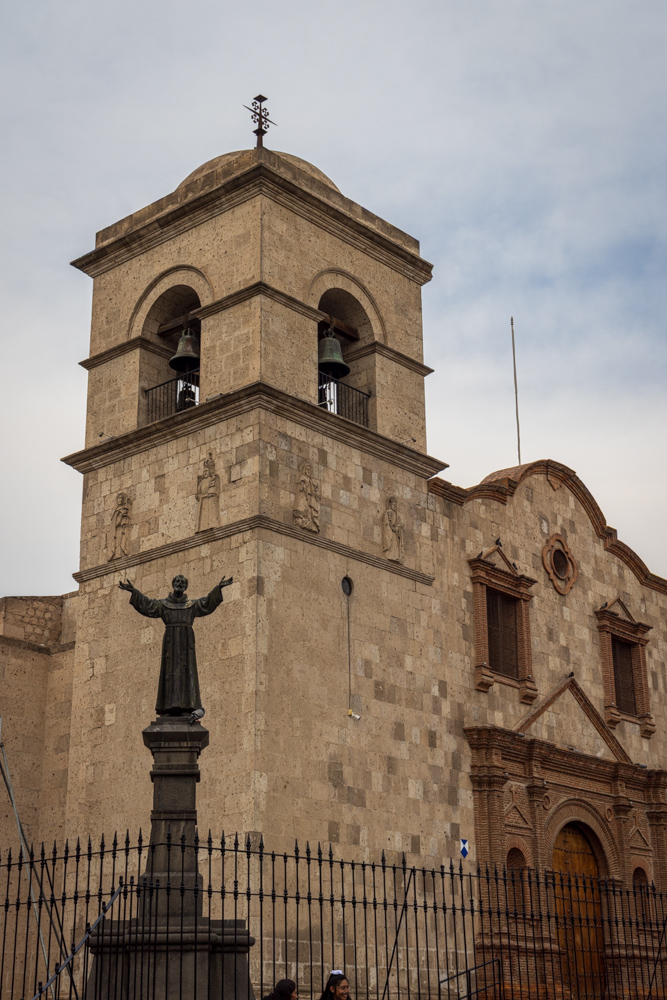


This is an Alpaca.
